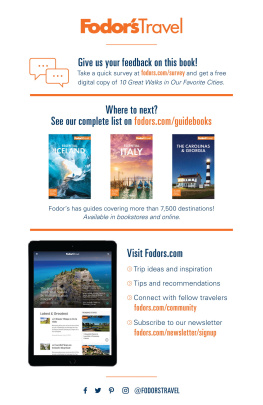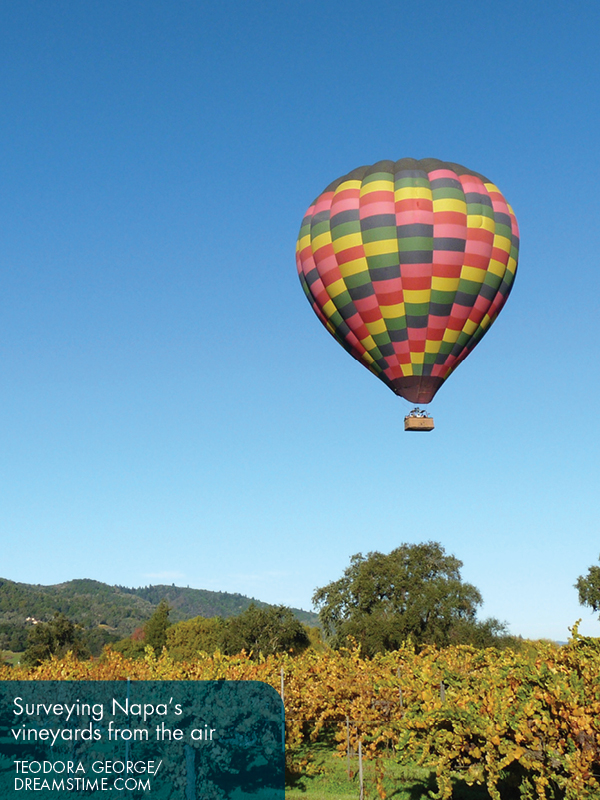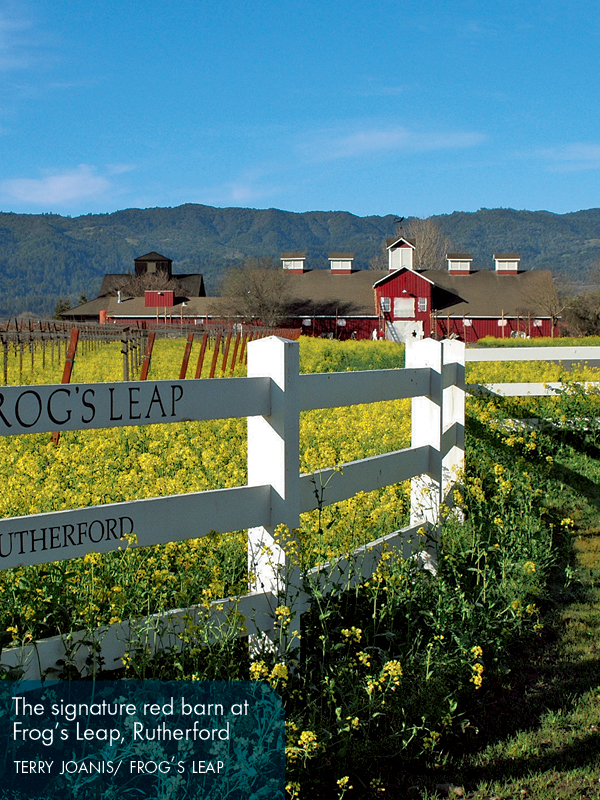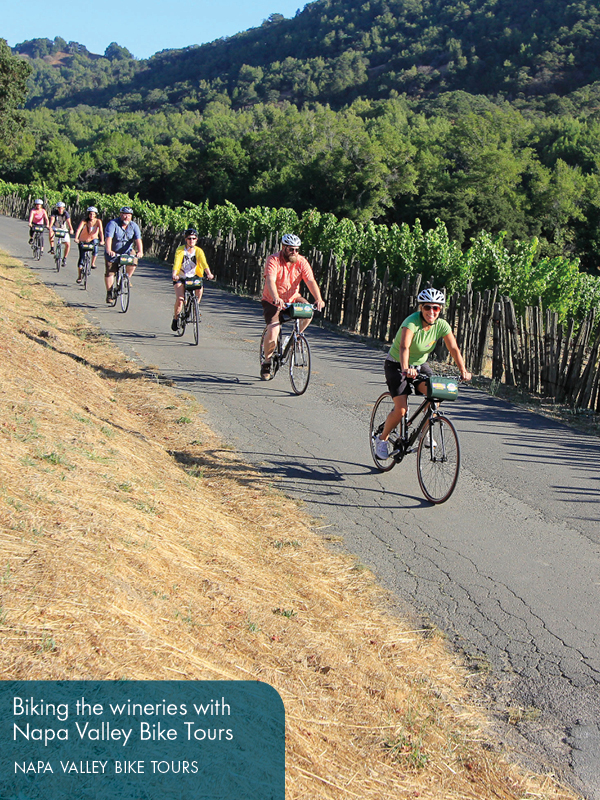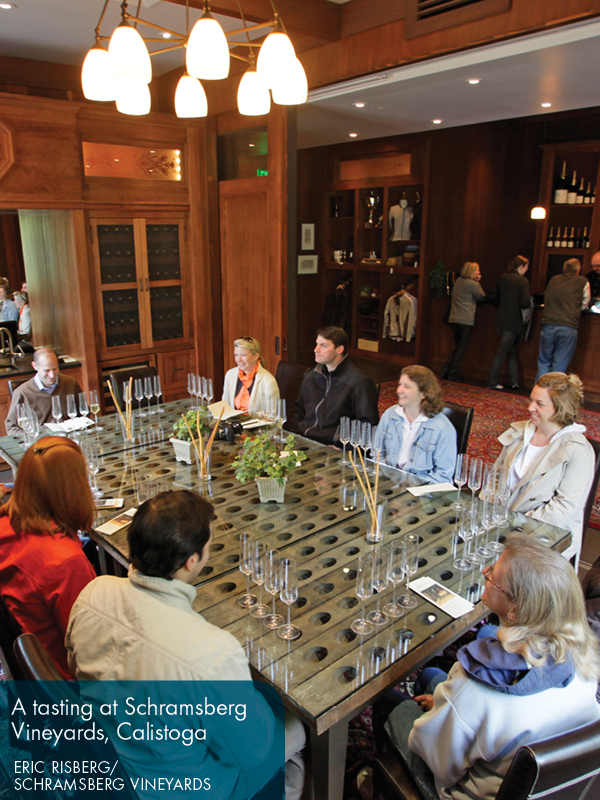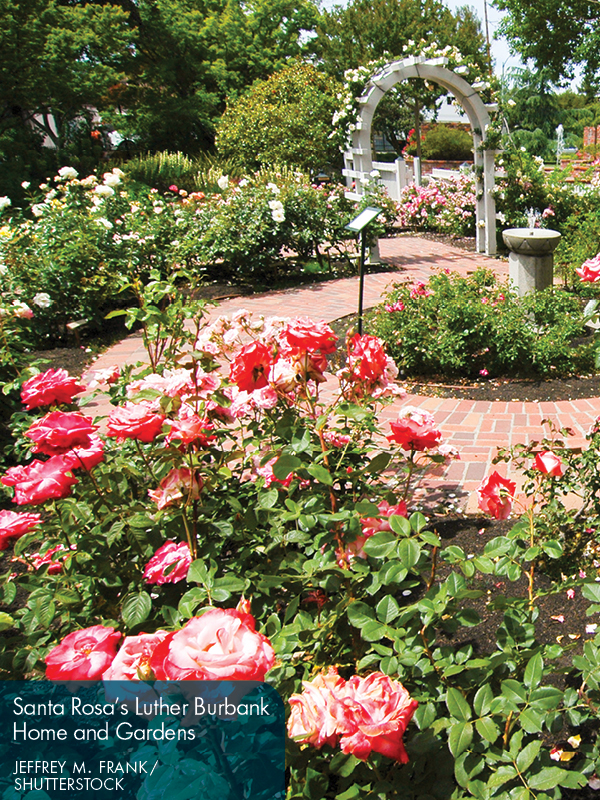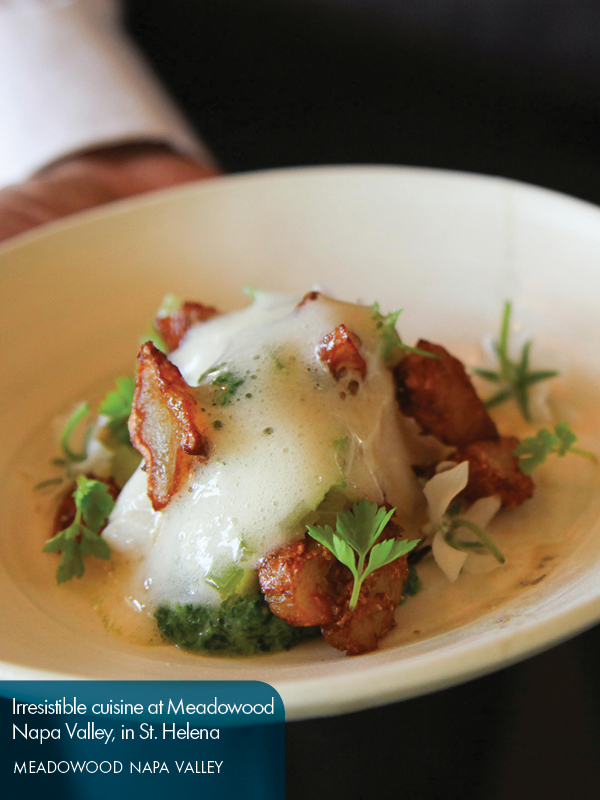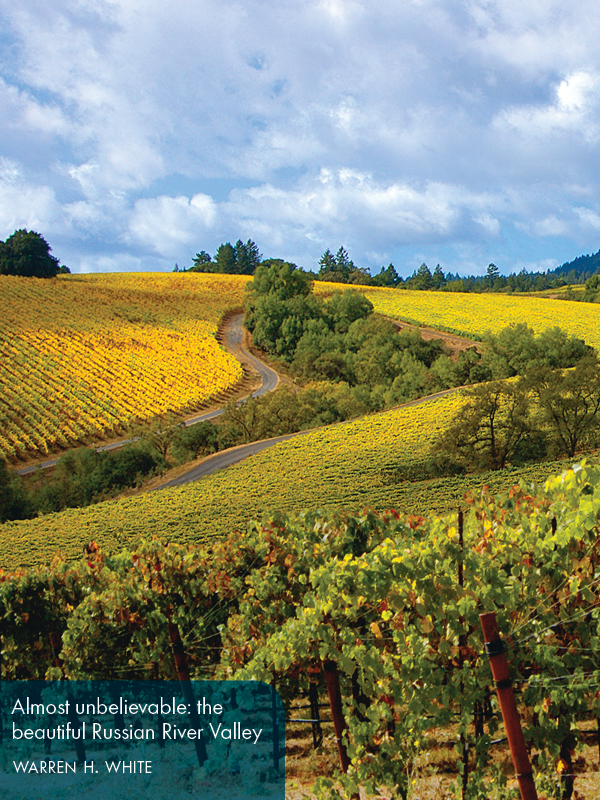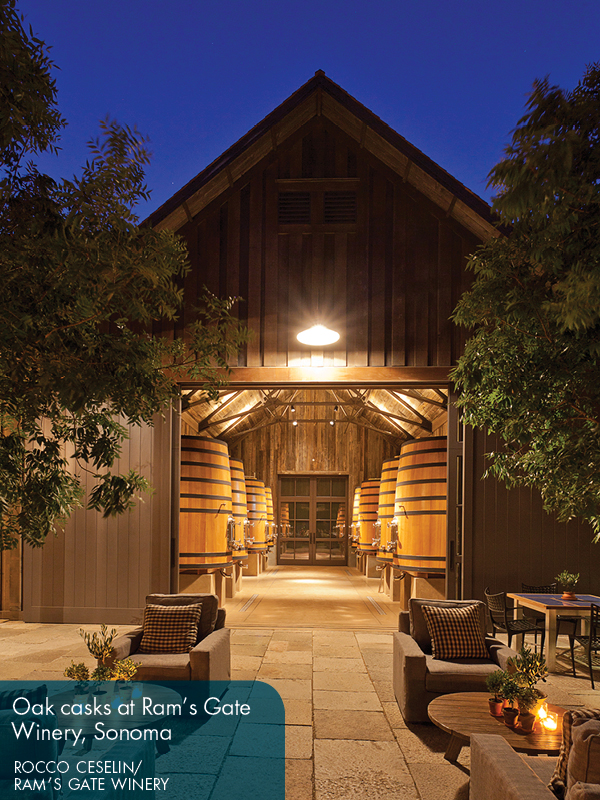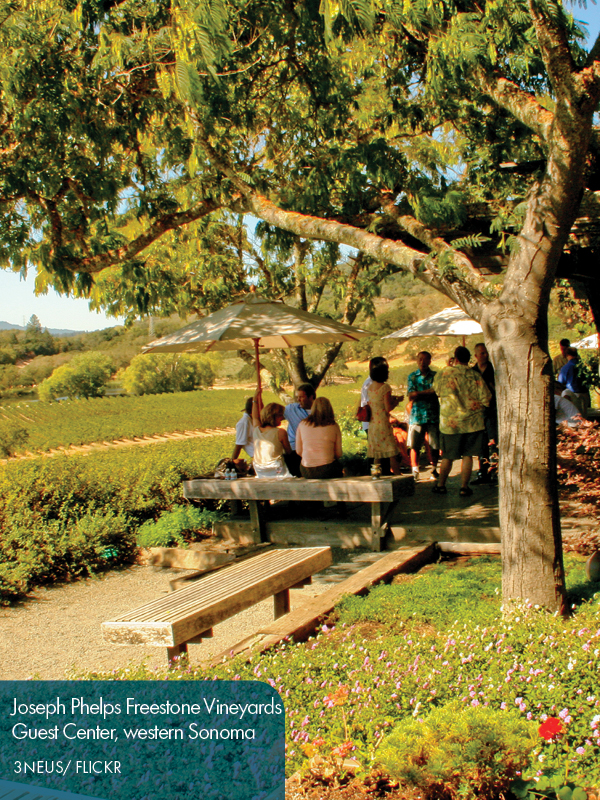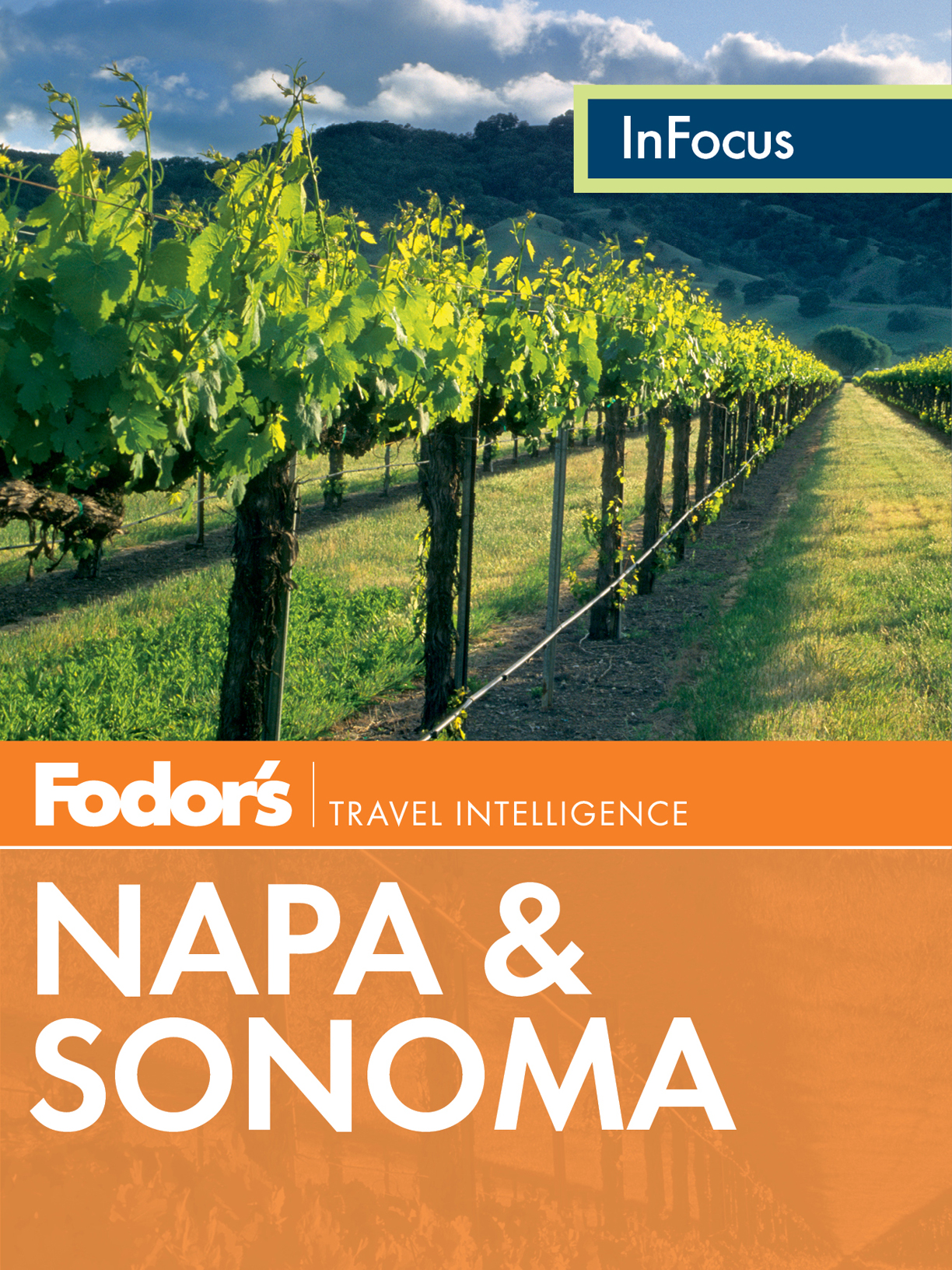
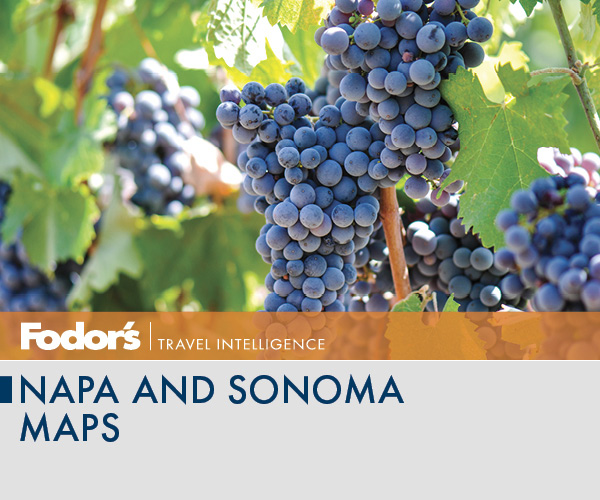
Napa Valley
The Carneros District
Sonoma Valley
Northern Sonoma County
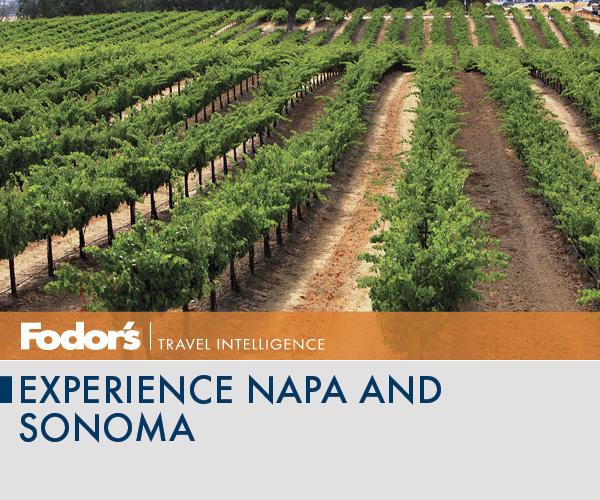
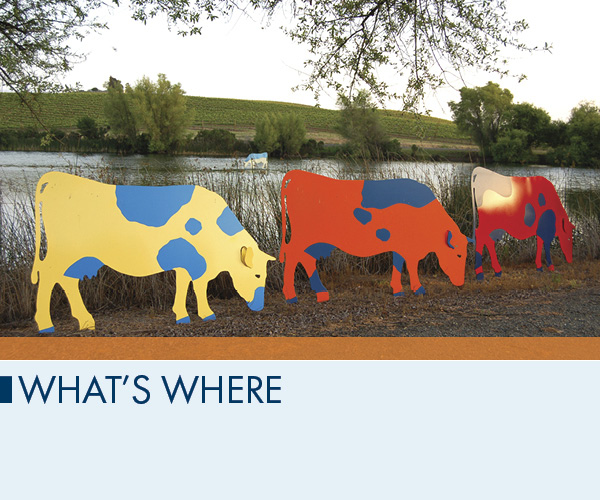
Napa Valley. By far the best known of the California wine regions, Napa is home to many of the biggest names in wine. Densely populated with winery after winery, especially along Highway 29 and the Silverado Trail, its also home to many luxury accommodations and some of the countrys best restaurants.
Carneros District. Many visitors quickly pass through this compact region, which spans southern Napa and Sonoma counties, on their way north from San Francisco. Those who take the time to stop will discover wineries that specialize in Pinot Noir and Chardonnay. Both grapes thrive in its comparatively cool climate.
Sonoma Valley. Centered on the historic town of Sonoma, the Sonoma Valley is slightly less glitzy than Napa. Still, in addition to the hundreds of winery tasting rooms, theres no shortage of inns, bed-and-breakfasts, and fairly casual restaurants serving hearty California cuisine.
Northern Sonoma County. Ritzy, charming Healdsburg is a popular base for exploring three important grape-growing areas, the Russian River, Dry Creek, and Alexander valleys. In the countys western parts lie the Sonoma Coast wineries, just now coming into prominence for European-style wines from cool-climate grapes.
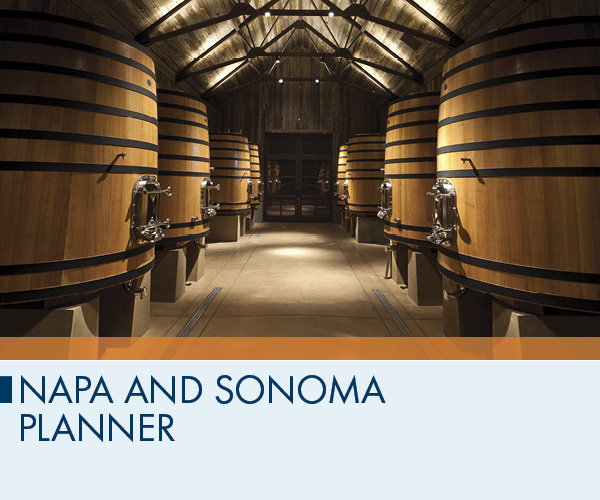
About the Restaurants
Excellent meals can be found everywhere in the Wine Country, but the small town of Yountville has become a culinary crossroads under the influence of chef Thomas Keller, whose French Laundry is a perennial favorite of food critics. Such quality (and hype) often means high prices, but you can also find appealing, inexpensive eateries. With few exceptions (which are noted in individual restaurant listings), dress is informal.
About the Hotels
Upscale accommodations are concentrated in the Napa Valley towns of Yountville, Rutherford, St. Helena, and Calistoga; Sonoma Countys poshest lodgings can be found in Healdsburg. The cities of Napa and Santa Rosa are the best bets for budget hotels and inns.
Getting Here and Around
San Francisco is the main gateway to the Wine Country, which lies due north of the city. Driving is the best way to explore this region. The easiest route to southern Napa and Sonoma counties is to head north across the Golden Gate Bridge on U.S. 101 and east on Highway 37 to Highway 121. Follow signs for the towns of Sonoma (45 miles from San Francisco) and Napa (about 52 miles). Remain on U.S. 101 if your destination is Santa Rosa (55 miles) or Healdsburg (70 miles).
By car. Well-maintained roads zip through the Napa and Sonoma, and scenic routes thread through the backcountry. Distances between towns are fairly short, and you can drive from one end to the other of either valley in less than an hour if theres no traffic. The Mayacamas Mountains divide Napa and Sonoma, though, and only a few winding roads traverse the middle sections, so the drive between valleys can be slow. The quicker connector is Highway 121, which runs eastwest between southern Napa and Sonoma counties. The far-northern routefrom Highway 128 just north of Calistoga, take Petrified Forest Road and Calistoga Road to Highway 12has a few curves but also great vistas.
By public transportation. Visitors without cars can take van, bus, or limo tours from San Francisco. Taking public transit to hubs like Sonoma, Napa, Santa Rosa, and Healdsburg can be time-consuming, but once you arrive at your destination, you can take advantage of taxis and other options.
Planning Your Time
Many first-time visitors to the Wine Country pack as many wineries as possible into a short vacation. Besides being exhausting, this approach goes against the areas laid-back ethos. So you can experience the region without running yourself ragged, weve put together a few strategies for maximizing your wine-tasting fun.
Avoid driving during rush hour. From roughly 4 to 6 pm on weekdays the cars of tourists are joined by those of commuters, resulting in traffic jams. The worst bottlenecks occur on Highway 29 around St. Helena.
Get an early start. Tasting rooms are often deserted before 11 am. On the flip side, theyre usually the busiest between 3:30 and closing.
Slip off the beaten track. When Napa Valleys tasting rooms along Highway 29 and the Silverado Trail are jammed, those just to the east in Coombsville and Chiles Valley might be nearly deserted. If youre based in Healdsburg, you might find the wineries in the Russian River Valley packed, whereas the ones in the Alexander Valley are comparatively quiet.
Think quality, not quantity. Spend most of your time at a few wineries each day, focusing on your interests. Perhaps youd like to sample wines from a particular type of grape, or are curious about the different varietals offered by a certain vineyard. Wine-and-food seminars are also a good idea.
Visit on a weekday. From May through October, roads and wineries are less crowded on weekdays. Year-round, tasting rooms are usually the least busy on Tuesday and Wednesday.
Reservations
Book hotels well in advance. Hotel reservations, always advisable, are generally necessary from late spring through October and on many weekends. To be on the safe side, book smaller hotels and inns at least a month ahead.
Call restaurants ahead. Reserving a table, or asking your hotel to reserve one for you, can save you time waiting at the door.
Reserve at wineries, too. If youre keen to visit a specific winery, double-check hours and tour times and, if possible, make a reservation.
Next page


